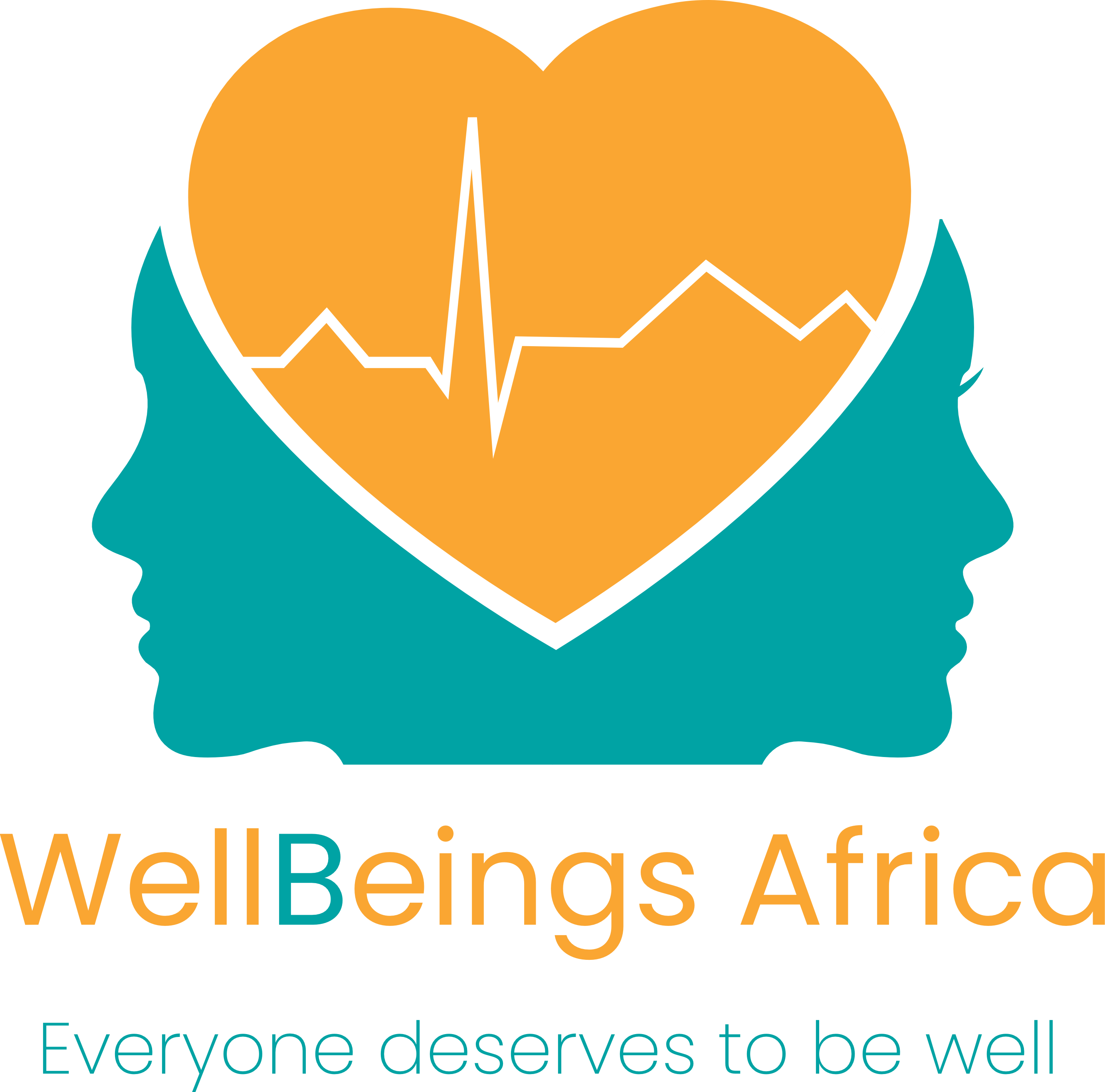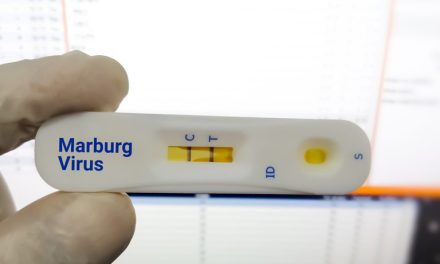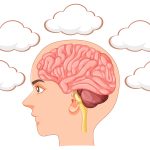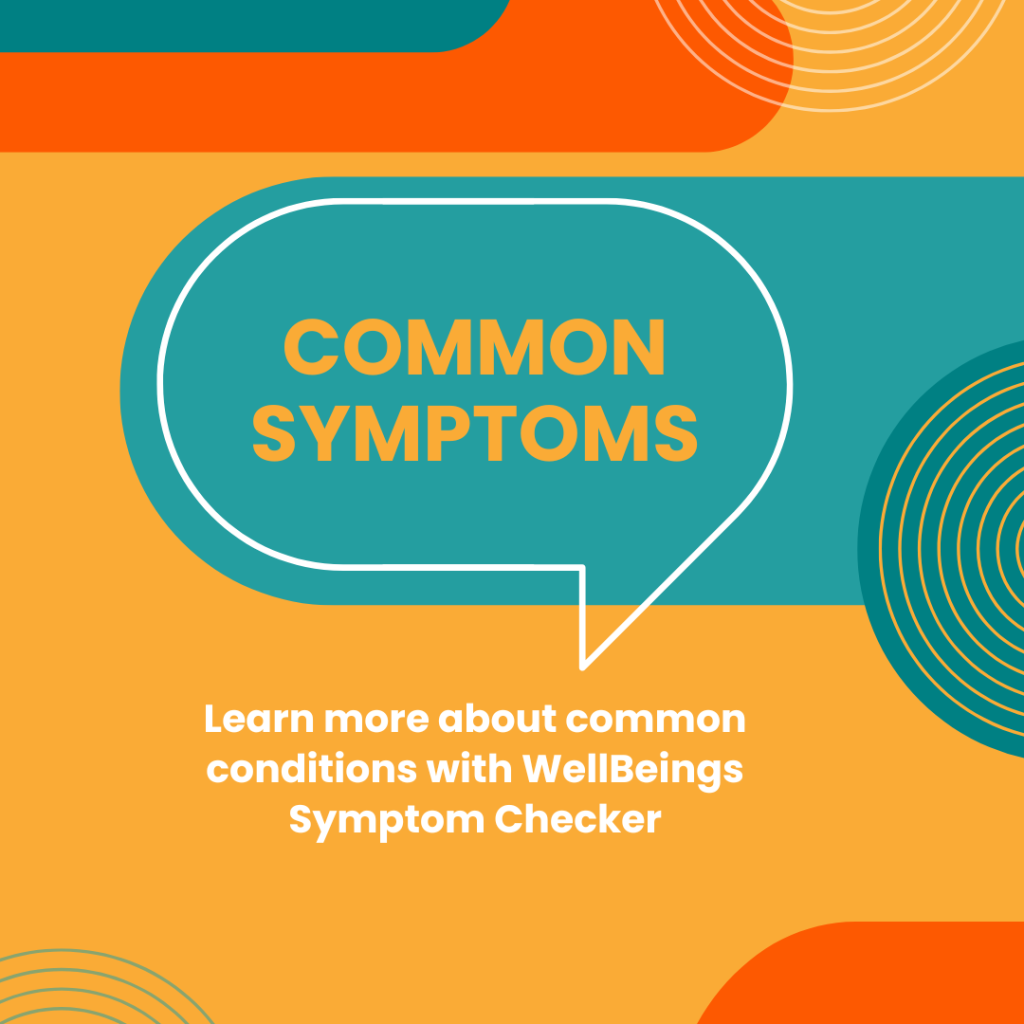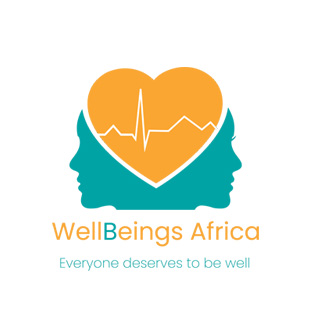Heat stroke happens when your body cannot regulate its internal temperature. This is usually caused by severe exposure to high temperatures. It is a medical emergency that requires immediate attention.
Causes of heat stroke:
- Spending too much time in hot, humid environments.
- Doing intense physical activities in hot weather can increase your body’s core temperature.
- Not getting enough water can prevent the body from cooling down properly.
- Conditions like heart disease, high blood pressure, diabetes, and obesity can make people more susceptible to heat stroke.
Symptoms of heat stroke:
- Body temperature can rise above 40°C.
- Mental confusion, disorientation, and dizziness.
- Nausea and vomiting.
- The heart may beat faster as the body struggles to cool down.
- Intense headaches due to the heat overload.
- In severe cases, heat stroke can lead to unconsciousness or fainting.
Staying safe:
- Drink plenty of water to make sure you’re properly hydrated. You can have other fluids, but sugary, caffeine-filled beverages can make dehydration worse.
- Wear light, loose-fitting clothes that allow your skin to breathe.
- If at all possible, try to avoid going outdoors in peak hours (10am to 4pm) when the sun is at its most intense.
- Sunblock, sunglasses and a sunhat are more than just accessories; these items can help protect you from the sun’s harmful rays.
- Heat stroke can still occur even if the sun isn’t out. You may not even know you have heat stroke because you’re not sweating – but not everyone sweats excessively during heat stroke.
If you suspect heat stroke, act fast! Move to a cool, shaded area. Use cool, wet cloths on your skin to bring the body temperature down. Take small sips of water, but avoid having large amounts too quickly. Most importantly, get medical help as soon as possible.
Image: Pixabay
